We all know that Edmund Hillary and Tenzing Norgay became the first people to summit Mount Everest, the highest mountain peak in the world, in 1953. But, there was a man who laid down that route for the expedition to be successful – Eric Shipton. The one who believed that the true spirit of mountaineering lied in exploration rather than reaching the summit.
Shipton was born in 1907 in Ceylon (now Sri Lanka) to British parents, grew up with a spirit of curiosity and rebellion against the rigid norms of his time. His passion for mountains began in his youth with climbs in the Pyrenees and Norway. His mountaineering career took a significant turn when he moved to Kenya in 1928, where he climbed major peaks including Nelion on Mount Kenya and Kamet in the Garhwal Himalayas, which at 7,756 meters was the highest summit climbed at that time, in 1931.
Table of Contents
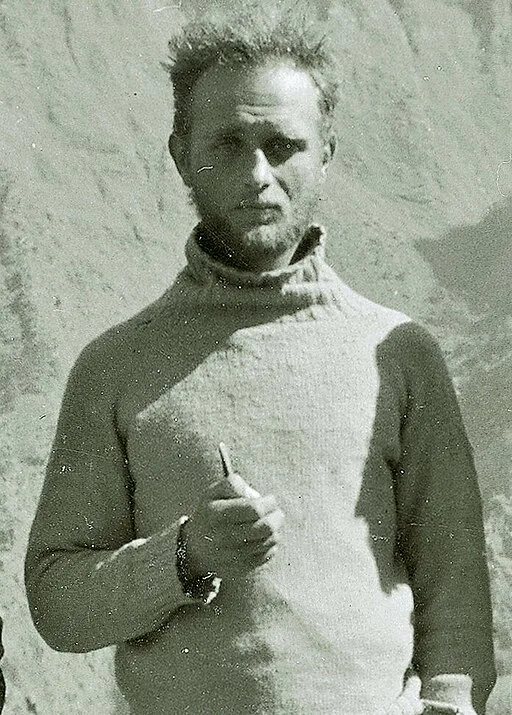
His explorations and climbs in the Indian Himalayas left an indelible mark on mountaineering history. Shipton’s Himalayan legacy is connected with his explorations in the Indian Himalayas, particularly in the Garhwal and Kumaon Himalayas. His expeditions were marked by a lightweight, exploratory style that emphasized small teams, minimal equipment, and a spirit of adventure rather than rigid, large-scale tactics common in the British colonial era.
Shipton first entered the Indian Himalayas during the 1930s, a time when very little was known about the upper reaches of the Himalayas. Much of the terrain was unmapped and the concept of scientific climbing was still new in India. Yet, he approached these landscapes not just as a climber, but as a naturalist at heart.
Mountaineering Style and Challenges
Shipton was known for his minimalist and exploratory style. He climbed lightweight, carrying only what was needed, he often climbed with just with a pair of canvas shoes, a stove, basic food, and a rope. He went with smaller teams instead of large military style expedition groups. His style allowed for greater mobility and flexibility in the rugged and often politically sensitive Himalayan terrain. He interacted deeply with porters and local communities, often hiring Indian porters not as labor but as co-explorers.
However, this approach also brought challenges. Limited resources and minimal support meant that Shipton and his teams faced logistical difficulties, harsh weather, and the constant threat of political restrictions. During the 1951 Everest reconnaissance, Shipton’s party unintentionally crossed into Tibet, leading to a tense encounter with armed locals. The diplomatic sensitivity of mountaineering in the Indian Himalayas required careful negotiation and respect for local authorities and cultures, which Shipton managed with tact and humility.
Nanda Devi Exploration
One of Shipton’s most celebrated achievements was the discovery of the access route to the Nanda Devi Sanctuary through the Rishi Ganga gorge in 1934, with his climbing partner Bill Tilman. Nanda Devi, standing at 7,816 meters, was the highest mountain in the British Empire and had remained unclimbed and largely unexplored. Shipton and Tilman’s expedition was remarkable for its modest budget and extended duration. Their exploration opened the door for future Indian and British mountaineers to attempt the peak and the surrounding high mountains.
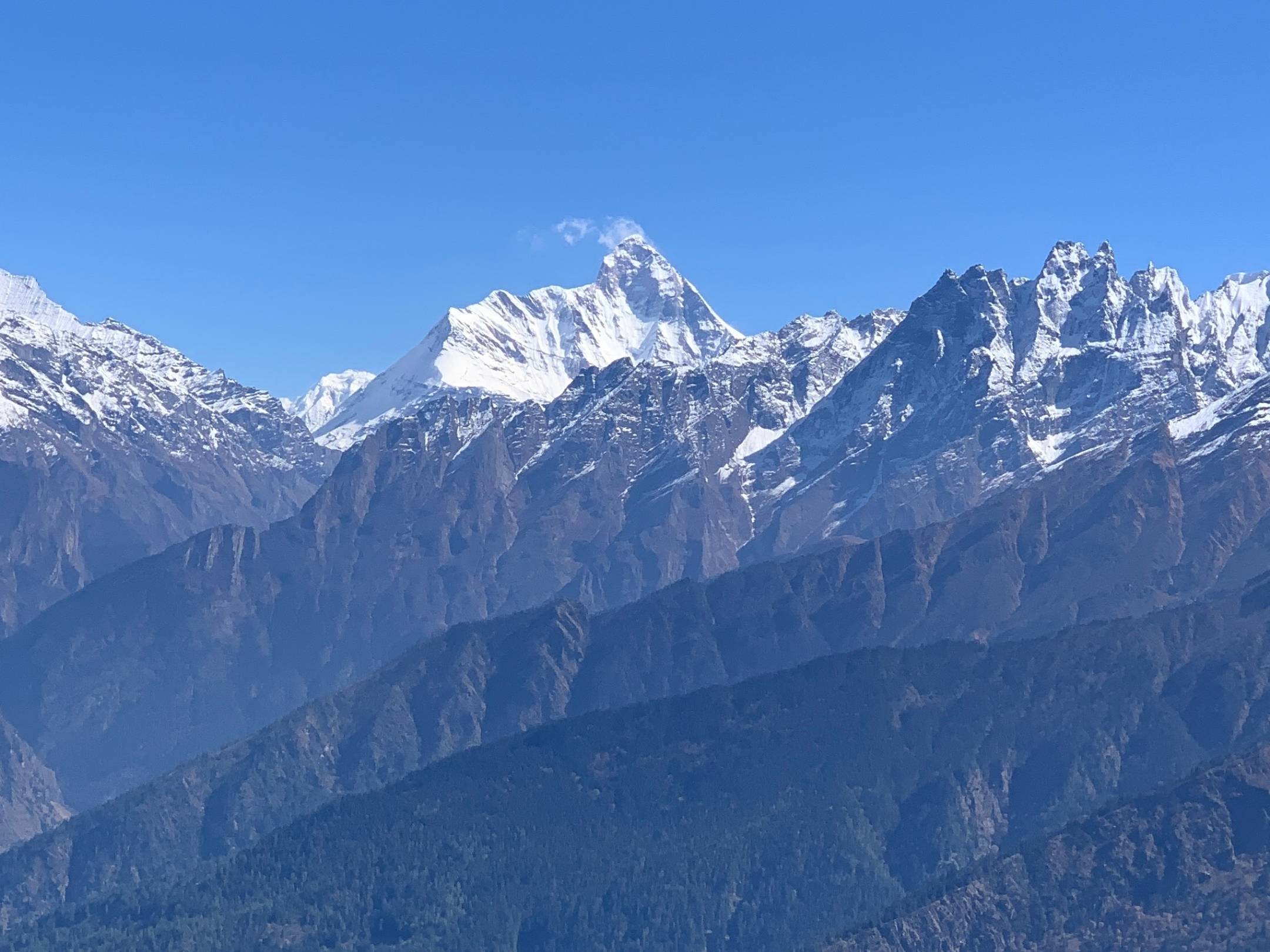
The Shipton-Tilman expeditions are remembered as a golden era of Himalayan exploration. They climbed 26 peaks over 20,000 feet, including 24 first ascents in a single season, a monumental achievement. Their discovery and penetration of the Nanda Devi Sanctuary were critical milestones in Himalayan mountaineering history. While Tilman eventually summited Nanda Devi in 1936, Shipton himself chose to focus on Everest expeditions, but his groundwork was instrumental in the success of subsequent climbs in the region.
Role in Mount Everest Expeditions and Influence on Indian Mountaineers
Shipton’s involvement with Mount Everest expeditions during the 1930s and early 1950s was pivotal. He participated in the 1933 and 1936 British Everest expeditions and led the 1935 reconnaissance expedition, which was notable for including Tenzing Norgay, a 19-year-old Sherpa who would later become one of the most legendary figures in mountaineering history. Shipton’s selection of Sherpas, including Tenzing and Angtharkay, was based on merit and character rather than status, which helped elevate the role of Sherpas in Himalayan climbing and inspired many Indian and Nepalese mountaineers to take up the challenge of high-altitude climbing.

In 1951, Shipton led the reconnaissance expedition that charted the now-famous South Col route on Everest, which would later be used by Edmund Hillary and Tenzing Norgay to reach the summit in 1953. This reconnaissance was crucial in opening Nepal to mountaineering expeditions and marked a turning point in Himalayan exploration. Shipton’s approach was characterized by exploration and discovery rather than conquest, which influenced a generation of Indian mountaineers to adopt a more sustainable and respectful style of climbing.
Karakoram Reconnaissance
Though often associated with Pakistan’s side of the Karakoram, Shipton’s exploration of the Indian-administered side and the Saltoro and Siachen glaciers region cannot be ignored. These early surveys helped establish strategic and geographical knowledge of the Greater Karakoram, much of which remains relevant even today.
Shipton’s mapping and photographs from these journeys were used extensively in later years, both by mountaineers and by the military.
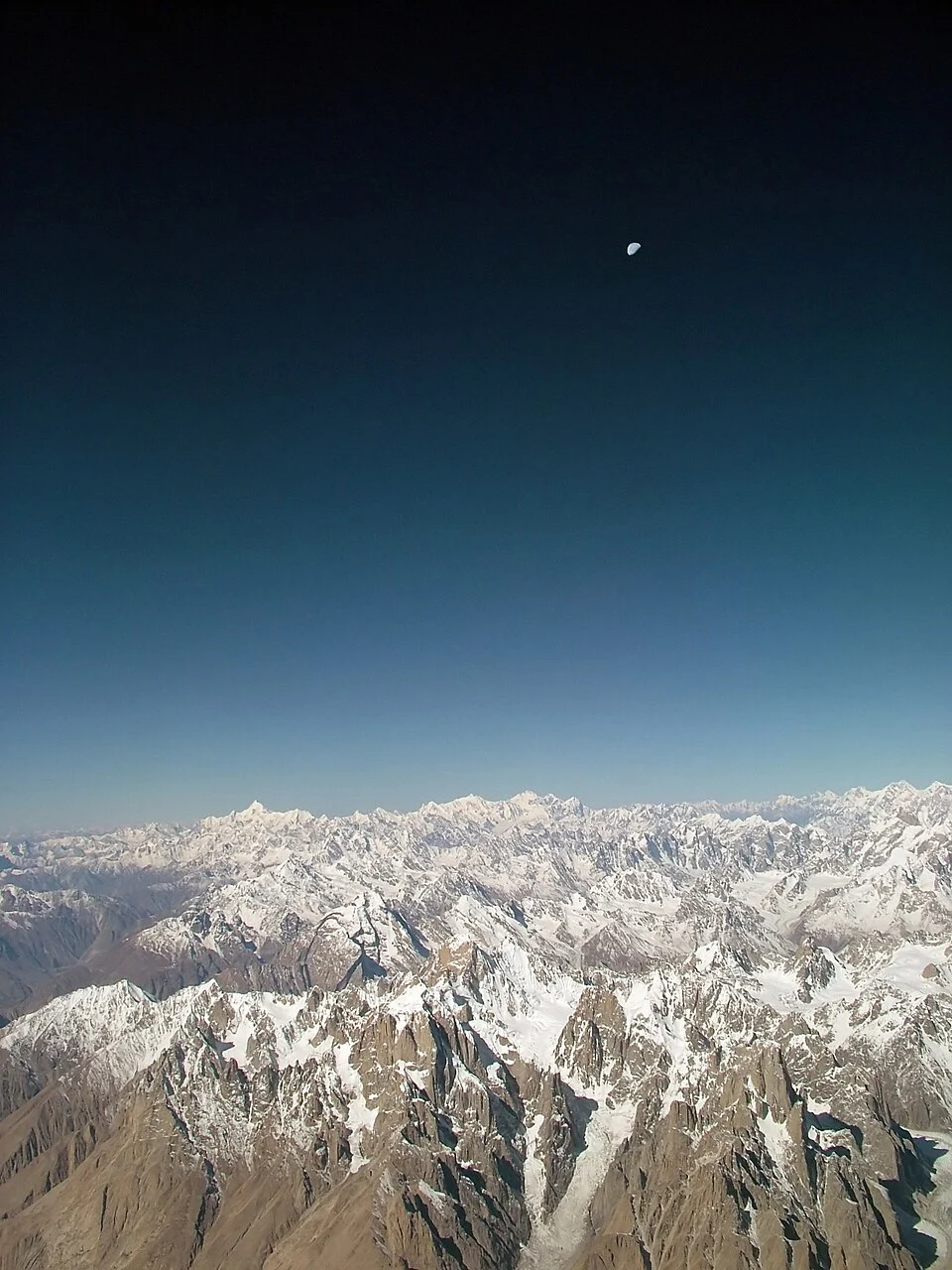
Eastern Garhwal and Badrinath Valley Treks
In the mid-1940s, Shipton returned to Garhwal and ventured into lesser-known valleys of Badrinath, Satopanth, Chaukhamba, and Alaknanda tributaries, documenting flora, people, and terrain with as much interest as he did peaks.
His travelogues from these explorations brought the Indian Himalayas into British and global literary consciousness, portraying them as more than just remote regions—they became characters in his stories.
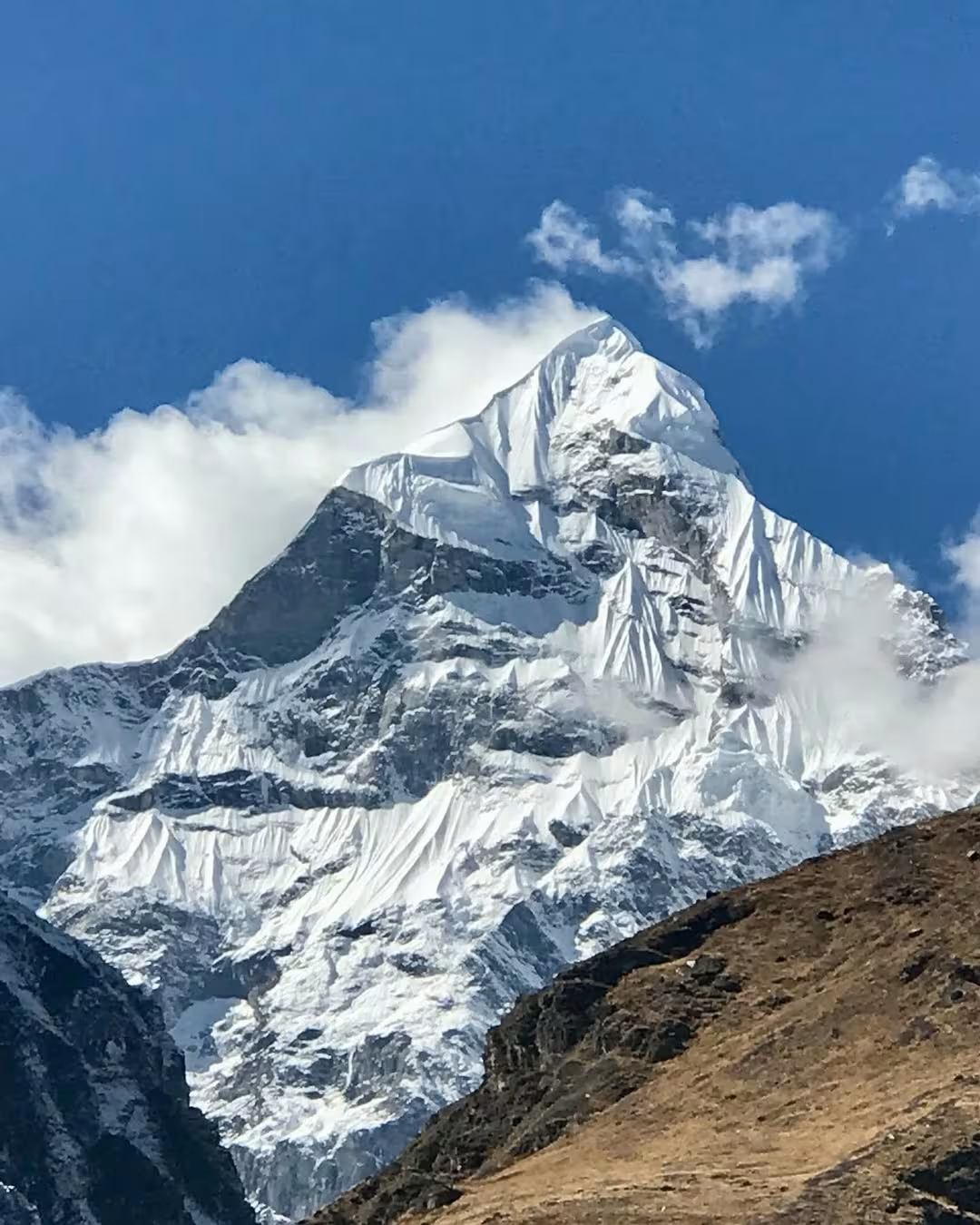
Impact on Indian Mountaineering and Legacy
Eric Shipton’s explorations helped put the Indian Himalayas on the global mountaineering map. His discovery of routes and his promotion of Sherpa climbers like Tenzing Norgay helped foster a new generation of Indian and Nepalese mountaineers who would go on to achieve great feats in the decades following his expeditions.
Shipton’s legacy is also cultural and philosophical. His preference for lightweight, exploratory expeditions influenced the ethos of mountaineering in the Himalayas, encouraging climbers to respect the mountains and local communities rather than simply seeking to conquer peaks. This legacy continues to inspire Indian mountaineers and explorers today, who view Shipton and Tilman as icons of Himalayan exploration.
Eric Shipton’s adventures in the Indian Himalayas were groundbreaking in terms of exploration, mountaineering style, and cultural impact. From pioneering routes to Nanda Devi and Everest to nurturing the talents of Sherpa climbers like Tenzing Norgay, Shipton’s contributions shaped the course of Himalayan mountaineering. His lightweight, exploratory approach overcame significant challenges and opened new frontiers that inspired many Indian mountaineers to face the Himalayas with courage and respect. Shipton’s story is one of adventure, discovery, and lasting influence in one of the world’s most formidable mountain ranges.
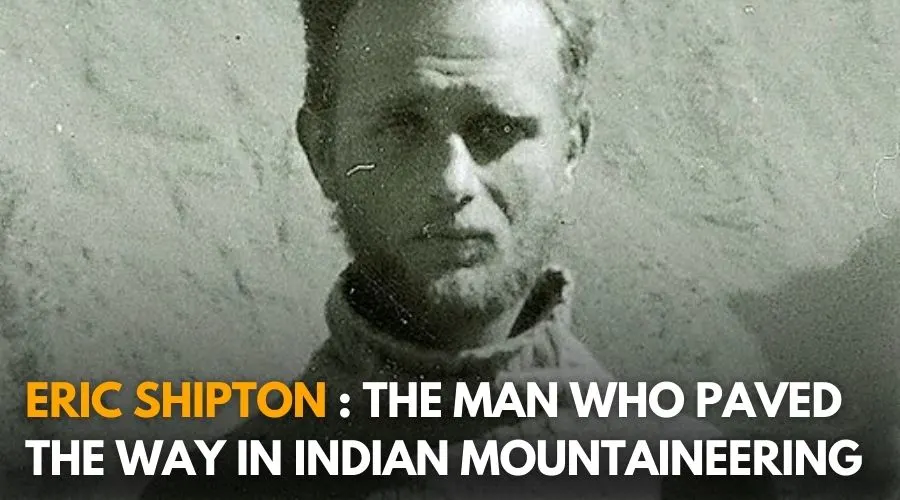
Leave a Comment